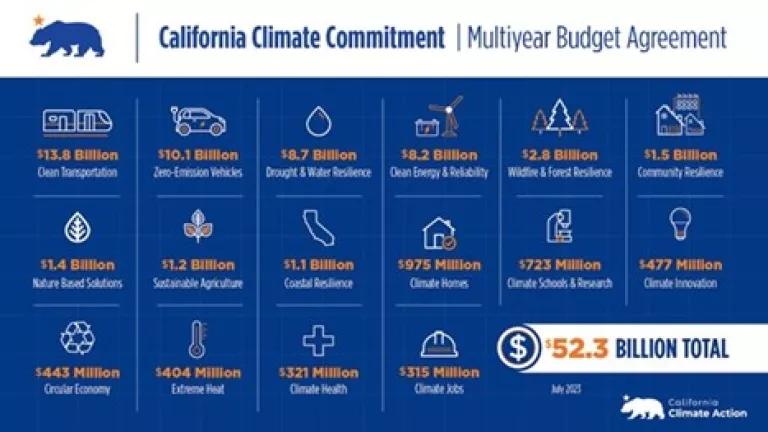A process adopted by the California Air Resources Board to help the state’s largest polluters meet greenhouse gas emission reduction targets under the AB 32 Global Warming Solutions Act has surpassed a legal challenge.
In a 34-page ruling released on Friday, San Francisco Superior Court Judge Ernest Goldsmith rejected the demand by Citizens Climate Lobby and Our Children’s Earth Foundation to change the “offset methodology” portion of the program to implement AB 32, which is designed to cut California’s carbon pollution to 1990 levels within the next seven years.
The ruling is the latest courtroom victory supporting the program designed to implement the groundbreaking 2006 clean energy law.
At issue was the Air Resources Board’s approach to greenhouse gas offsets, which – as the ruling noted – are voluntary carbon pollution reductions by a source not regulated by California’s cap-and-trade program that encompasses the state’s largest polluters in the industrial, utility, and transportation fuels sectors. Under cap-and-trade, companies can buy and sell “allowances” to pollute that will gradually decrease in number and increase in price to motivate them to cut emissions to meet scheduled targets.
The final AB 32 regulations adopted four offset protocols that provide credits that can be sold by unregulated companies like forest owners and farms to regulated companies to help comply with the cap-and-trade goals:
- Livestock methane capture (i.e. manure digesters)
- Destruction of ozone-depleting substances (i.e. refrigerants)
- U.S. forests (i.e. establishing new forests, forest conservation, and improved forest management)
- Urban forests
The Air Resources Board opted to use a standards-based approach to determine whether the voluntary reductions in these four categories would have occurred without the program. This means it employed regulatory thresholds that apply to categories of projects, rather than determining such “additionality” project by project.
The Superior Court ruling last week declared that the standards-based approach was within the authority granted to the Air Resources Board by the Legislature and said this method was well-supported in the administrative record. As described in the decision, the standards-based approach resulted in lower transaction and administrative costs, increased certainty for project developers, and a more transparent verification process.
Under the rules, an entity may meet no more than 8 percent of its compliance obligation with offsets credits, which can only be generated by projects in the U.S. If, for example, a refinery emits 100 metric tons (2204.6 pounds each) of pollution, it can surrender 92 allowances and 8 offsets to the Air Resources Board.
The initial auction under the cap-and-trade program, the first to go economy wide and the nation’s largest carbon market, was held Nov. 14 and the next one is expected Feb. 19.
Polls released around the time of the initial auction showed Californians overwhelmingly support the cap-and-trade program as a way to hold polluters accountable and drive investment in clean energy technologies and infrastructure. Last week’s legal victory is another important step in making that happen.



